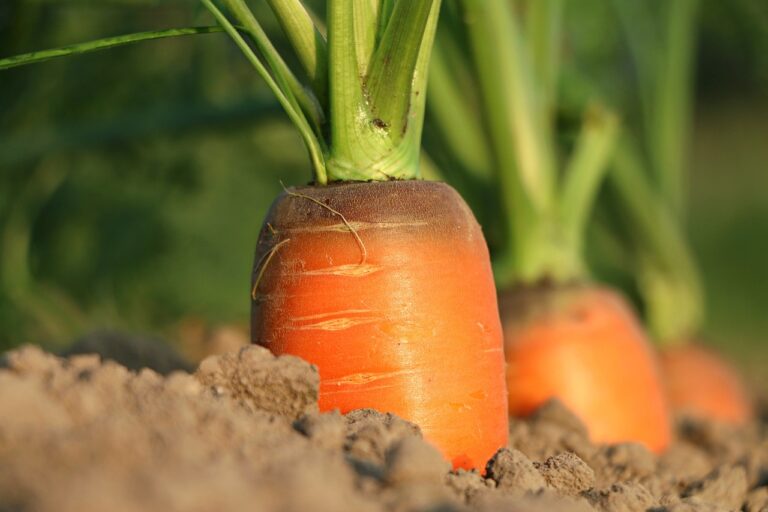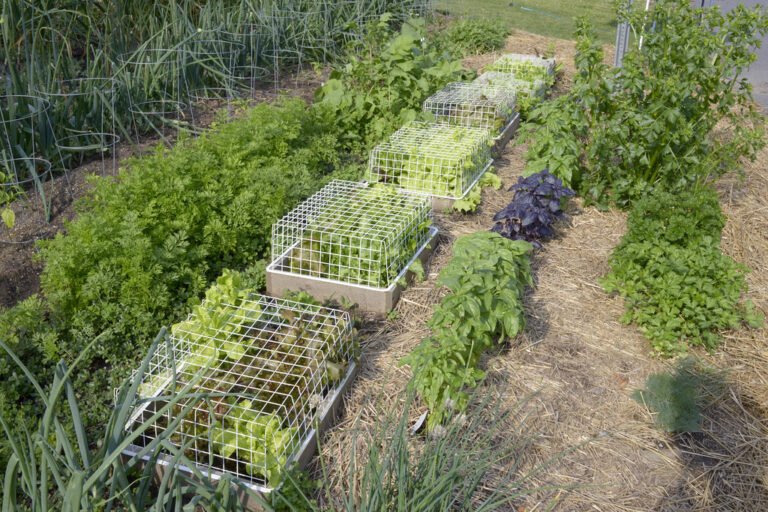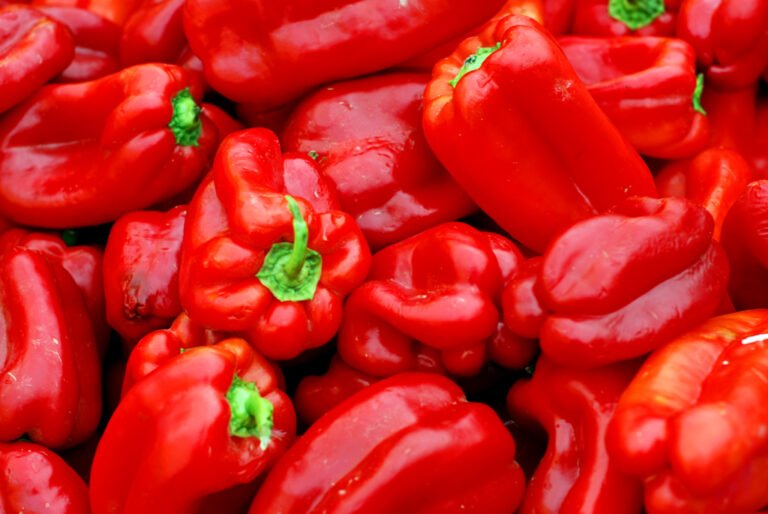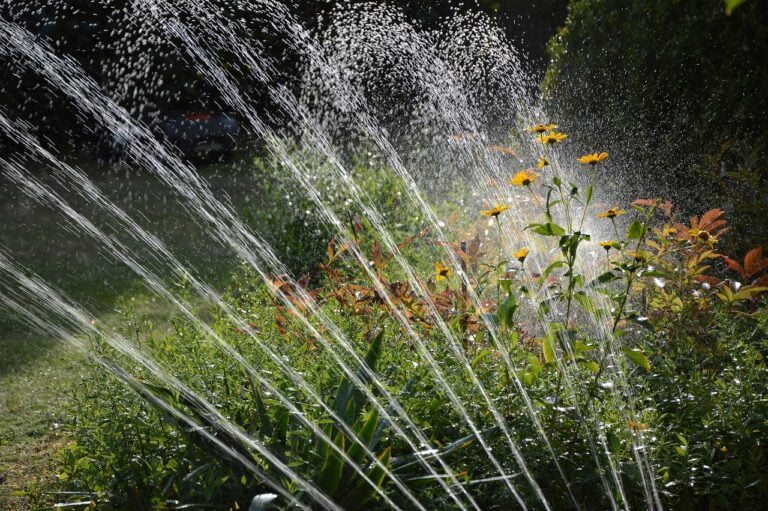The Germination Period of Radishes: A Detailed Guide
Are you ready to learn everything you need to know about the germination period of radishes? Look no further! This detailed guide will provide you with all the information you need to ensure successful germination. Discover the factors that affect radish germination, optimal soil conditions, watering techniques, and the best temperature range. We’ll also guide you through preparing the seeds, common issues, and tips for speeding up the process. Get ready to monitor and care for your germinating radish seeds like a pro!
Factors Affecting Radish Germination
To ensure successful germination of radishes, you should consider several factors that can impact the process. First and foremost, the quality of the soil plays a crucial role. Radishes prefer well-drained soil that is rich in organic matter. Additionally, the pH level of the soil should be between 6.0 and 7.0 for optimal growth. Another important factor is the temperature. Radishes thrive in cooler weather, so it is best to plant them in early spring or fall. The ideal temperature range for germination is between 50°F and 70°F. Lastly, proper watering is essential. Keep the soil consistently moist but not waterlogged. Overwatering can lead to rot and hinder germination. By considering these factors and creating the right conditions, you can ensure a successful germination process for your radishes.
Optimal Soil Conditions for Radish Germination
For optimal radish germination, ensure the soil conditions are ideal. Start by choosing a well-draining soil that is rich in organic matter. This will provide the radish seeds with the necessary nutrients for healthy growth. The pH level of the soil should be between 5.5 and 7.0, slightly acidic to neutral. Before planting, loosen the soil to a depth of at least 6 inches and remove any rocks or debris. It is important to keep the soil consistently moist, but not waterlogged, during the germination period. Avoid overwatering, as it can lead to rotting of the seeds. Additionally, consider adding a layer of mulch to help retain moisture and regulate soil temperature. By following these soil conditions, you can ensure successful radish germination and a bountiful harvest.
Watering Techniques for Radish Germination
Ensure that you water your radish seeds consistently, keeping the soil moist but not waterlogged, throughout the germination period. Proper watering techniques are essential for successful radish germination. Begin by watering the soil before sowing the seeds to ensure it is evenly moist. After sowing, gently water the soil again using a fine mist or a watering can with a rose attachment. Avoid using a strong stream of water, as it may displace the seeds. Check the soil regularly and water as needed to maintain moisture levels. Aim to keep the soil consistently damp, but be careful not to overwater, as this can lead to root rot. It’s also important to water the seeds gently to prevent them from being washed away. By following these watering techniques, you will create optimal conditions for radish germination.
Best Temperature Range for Radish Germination
Maintain the ideal temperature range to promote successful radish germination by providing consistent warmth to the soil. Radishes prefer cooler temperatures for germination, typically between 45°F (7°C) and 85°F (29°C). However, the optimal temperature range is between 60°F (15°C) and 75°F (24°C). This temperature range ensures faster and more uniform germination. If the temperature drops below 45°F (7°C), the germination process may slow down or even come to a halt. On the other hand, if the temperature exceeds 85°F (29°C), the seeds may not germinate at all. It is important to monitor the temperature closely and make necessary adjustments to maintain the optimal range. Providing consistent warmth to the soil will greatly improve your chances of successful radish germination.
Preparing Radish Seeds for Germination
To prepare radish seeds for germination, you will need to properly clean and store them. Start by removing any debris or damaged seeds from the batch. You can do this by carefully inspecting each seed, discarding any that are discolored or shriveled. Next, rinse the seeds in a colander under cool running water to remove any remaining dirt or dust. After washing, spread the seeds out on a clean paper towel or cloth and allow them to air dry completely. Once dry, transfer the seeds to an airtight container, such as a sealed plastic bag or a glass jar with a tight-fitting lid. Store the container in a cool, dark place until you are ready to sow the seeds for germination.
Sowing Radish Seeds for Successful Germination
To achieve successful germination, you will need to sow the cleaned and properly stored radish seeds. Start by preparing a well-drained soil bed in a sunny location. Loosen the soil to a depth of 6-8 inches and remove any rocks or debris. Next, create furrows in the soil about half an inch deep. Space the furrows around 4-6 inches apart to allow sufficient room for the radishes to grow. Place the radish seeds in the furrows, spacing them about 1 inch apart. Cover the seeds with soil and gently firm it down. Water the soil thoroughly, ensuring it is evenly moist but not saturated. Keep the soil consistently moist throughout the germination period. With proper sowing, you can expect the radish seeds to germinate within 4-7 days.
Germination Timeframe for Radishes
You can expect the germination timeframe for radishes to be approximately 4-7 days. During this period, it is crucial to provide the optimal conditions for germination. Radish seeds require consistent moisture, so make sure to water them regularly. Keep the soil temperature between 50-85°F (10-29°C), as extreme temperatures can hinder germination. Additionally, ensure that the seeds are planted at the correct depth, typically around ½ inch (1.3 cm) deep. You can cover the seeds with a thin layer of soil or vermiculite to retain moisture. As the germination timeframe approaches, monitor the moisture levels and temperature to ensure a successful germination process. By following these guidelines, you can expect to see your radish seeds sprouting within a week.
Common Issues During Radish Germination
During the germination period of radishes, you may encounter common issues that can affect the successful sprouting of your seeds. One common issue is uneven germination, where some seeds sprout while others don’t. This can be caused by inconsistent moisture levels or soil temperature. To prevent this, ensure that the soil is evenly moist and maintain a consistent temperature between 60-70°F. Another issue is damping-off, a fungal disease that causes seedlings to wilt and die. To prevent damping-off, use sterile soil, avoid overwatering, and provide good air circulation. Pests like flea beetles and root maggots can also damage radish seeds and seedlings. Protect your plants by using row covers or organic pesticides. By being aware of these common issues and taking preventative measures, you can increase the chances of successful radish germination.
Tips for Speeding up Radish Germination
If you want to speed up the germination of your radish seeds, there are a few tips you can follow. First, make sure to soak the seeds in water for about 24 hours before planting. This will help to soften the seed coat and promote faster germination. Next, ensure that the soil is well-draining and loose, as compact soil can hinder germination. Adding organic matter, such as compost, can improve soil structure and promote better water retention. It’s also important to provide the seeds with consistent moisture. Keep the soil evenly moist, but be careful not to overwater, as this can lead to rotting. Lastly, maintaining an optimal temperature of around 60 to 70 degrees Fahrenheit can also speed up germination. Following these tips will help you achieve faster and more successful radish germination.
Monitoring and Caring for Germinating Radish Seeds
To properly monitor and care for your germinating radish seeds, you should regularly check for any signs of growth and provide them with adequate water and sunlight. Radish seeds typically germinate within 4 to 7 days after planting. During this time, it is crucial to keep the soil consistently moist, but not overly saturated, to ensure proper seed germination. You can use a spray bottle to mist the soil gently or water from the bottom to avoid disturbing the seeds. Additionally, radish seeds require sunlight to grow, so make sure they receive at least 6 hours of direct sunlight per day. If you are growing them indoors, place them near a sunny window or use grow lights. By diligently monitoring and caring for your germinating radish seeds, you can ensure their successful growth and development.
Conclusion
In conclusion, understanding the germination period of radishes is essential for successful cultivation. Factors such as soil conditions, watering techniques, and temperature range play a crucial role in the germination process. By properly preparing radish seeds and addressing common issues, one can ensure a healthy and timely germination. Additionally, following tips for speeding up germination and consistently monitoring and caring for the seeds will lead to a bountiful radish harvest. With these guidelines, anyone can confidently grow radishes in their garden.






